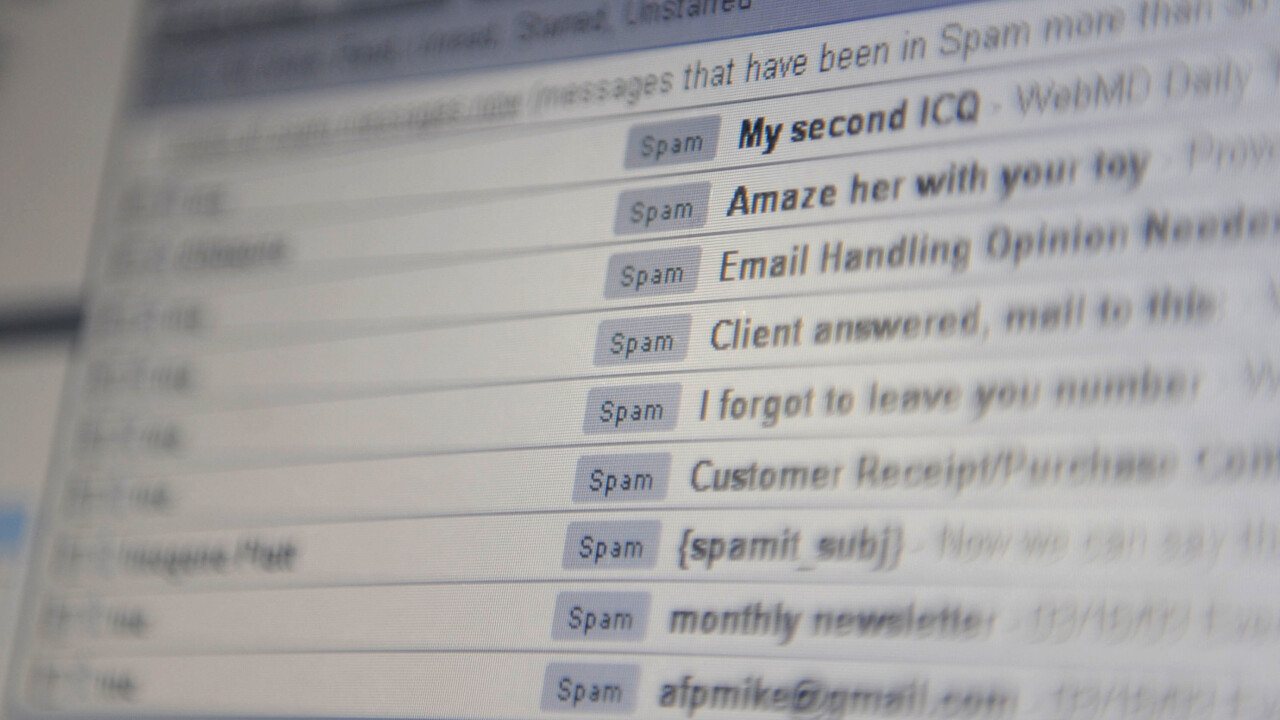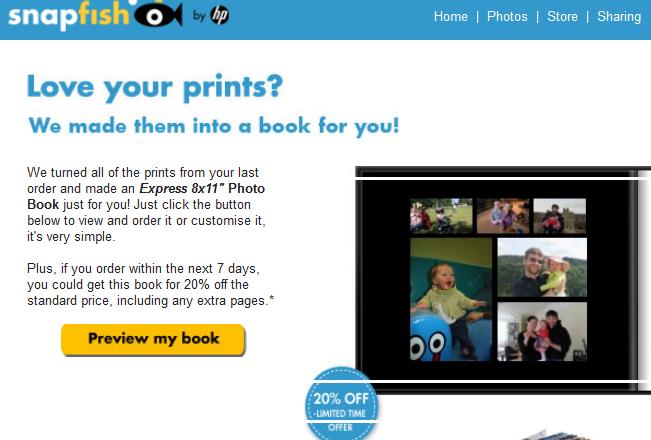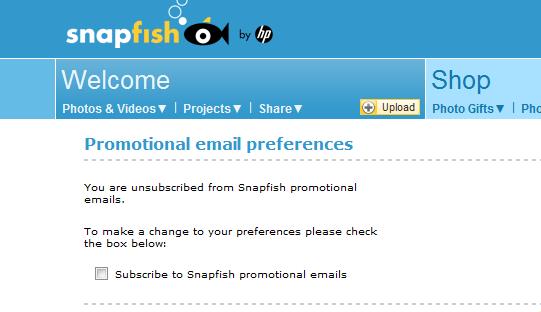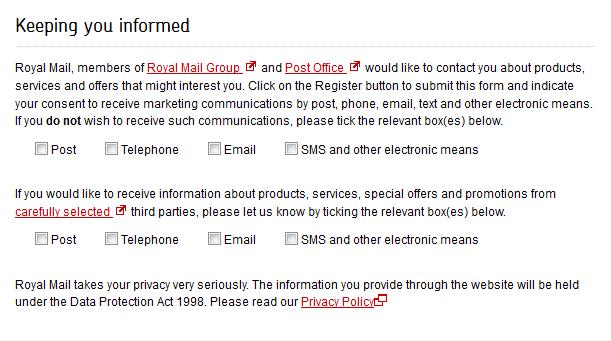
Inbox Zero is about as much of a reality as unicorns and the Loch Ness Monster to most people. Or so I suspect.
For me, no sooner have I cleared out my inbox, another deluge has entered the fray and replaced them. That’s not a complaint per se, but things aren’t helped by all those deeply unwanted emails that I have no recollection of signing up for. I call this Memory Zero.
As a Gmail user, for both work and play, I have to say Google’s gotten pretty good at separating the wheat from the chaff. Its new auto-filter feature is really rather great, siphoning off all in-bound communications into Inbox, Social, Promotions and Updates. It’s been a bit of a godsend, and should improve over time.
Happy days, right? Well, sort of.
Rightly or wrongly, I still harbor a mild resentment at receiving unrequested marketing emails from companies – regardless of whether they land in my inbox or filtered folder. If I managed a company, I’d be looking for ways to keep customers happy and not piss them off, rather than trying to find ways to circumvent their stated wishes.
Case-in-point: Snapfish
I recently placed my first order with Snapfish, an online photo-sharing/printing service owned by Hewlett Packard. I had absolutely zero complaints with the service – it was well-priced, speedy and exactly what I wanted.
Perhaps a week later, I received an email from them trying to cross-sell another product.

I thought I must’ve accidentally ticked the wrong ‘Marketing Preferences’ box on signing up, so I double-checked my account.
Lo and behold, the issue was nothing to do with my fat-fingeredness, and was something more sinister.

To make matters worse, there was this statement at the bottom of the email: “If you no longer wish to receive promotional emails from Snapfish, please click here to unsubscribe,” except there was no hyperlink to click. Just plain text.
Flummoxed, I bashed out an email to Snapfish customer service to ask why they’d sent me it when I’d clearly opted out of such communications. And I received this response:
“The email you have received is not [a] promotional email, but it is just a generic email which is sent to all customers who shop with us, sometimes we send emails which are automated such as ‘reminder of cart items’, ‘recent order turn to book’ etc etc…
It is not possible to opt out or stop this [sic] generic emails , unfortunately.”
So in effect, Snapfish was classifying this email as something other than promotional or in any way related to marketing. And there’s nothing I can do to opt out.
I followed up with a more direct inquiry, and got this response from a different member of customer support:
“Regarding the mail you received, the promotional aspect is the 20% discount offered. This is a service email, but does contain a promotional aspect. However, as the promotional aspect covers less than 20% of the total mail, this is in line with UK consumer emailing allowance.”
It’s a crazy situation that one can’t opt-out of certain marketing emails simply because the company itself doesn’t classify it as such. Even if it is within the boundaries set out by regulation, that’s not the point – I’ve requested not to receive them, but was told it’s not an option. As a paying customer who would have placed many, many more orders, this is really bad business.
The irony here is that I’d recently jumped ship from Photobox, another online photo-printers, for sending me surveys that I had no desire to complete. When I asked them about it, Photobox said:
“Unfortunately we cannot stop this service as customers are randomly selected to provide feedback on the service they have received and this is automatically done.
However you do not need to complete the survey you can ignore the request it if you receive any in the future.”
I was happy with both Photobox and Snapfish, but because I’m trying to adopt a zero-tolerance approach to unsolicited emails, I felt compelled to ditch them both.
All this has really gotten me thinking about what companies should be doing for their customers. When signing up for online accounts, it should ALWAYS be opt-in to receive marketing paraphernalia. And at the very lest, they shouldn’t mix the wording up to deliberately confuse users.
Just last night, I was doing some business on the Royal Mail website which required me to set up an account. In the marketing communications part at the end, check how they switch the wording around:

You’re required to opt-out of the Royal Mail’s own promotions, but then you’re asked to opt-in to third-party communications. Clearly many people will just read the first bit and assume they have to tick all the boxes to opt-out. This is far too common and isn’t restricted to this one site.
Take a leaf out of Fab’s book
Earlier this year, we reported that Fab was proactively pulling the plug on marketing emails if the recipient didn’t open them – even if Fab wasn’t specifically asked to stop them.

And earlier this year, LinkedIn too started auto-unsubscribing “less active” users from receiving weekly Group digest emails. But it was easy to re-opt back in again.
These are such simple gestures, but it’s classy as hell – this is the benchmark all companies should be aiming for. Rather than looking for ways to fool users into opting in, or simply ignoring their request to opt out, they should always make it as easy as possible to stop receiving all forms of communication that aren’t directly related to an order – so if it’s not an order confirmation, invoice or problem with an order, it should always be possible to remove yourself from such mailing lists.
If you’re not as principled as I am, then you probably won’t care too much either way. But before you click to close, you don’t happen to know another decent online photo-printers, do you?
Feature Image Credit – MIKE CLARKE/AFP/Getty Images
Get the TNW newsletter
Get the most important tech news in your inbox each week.





